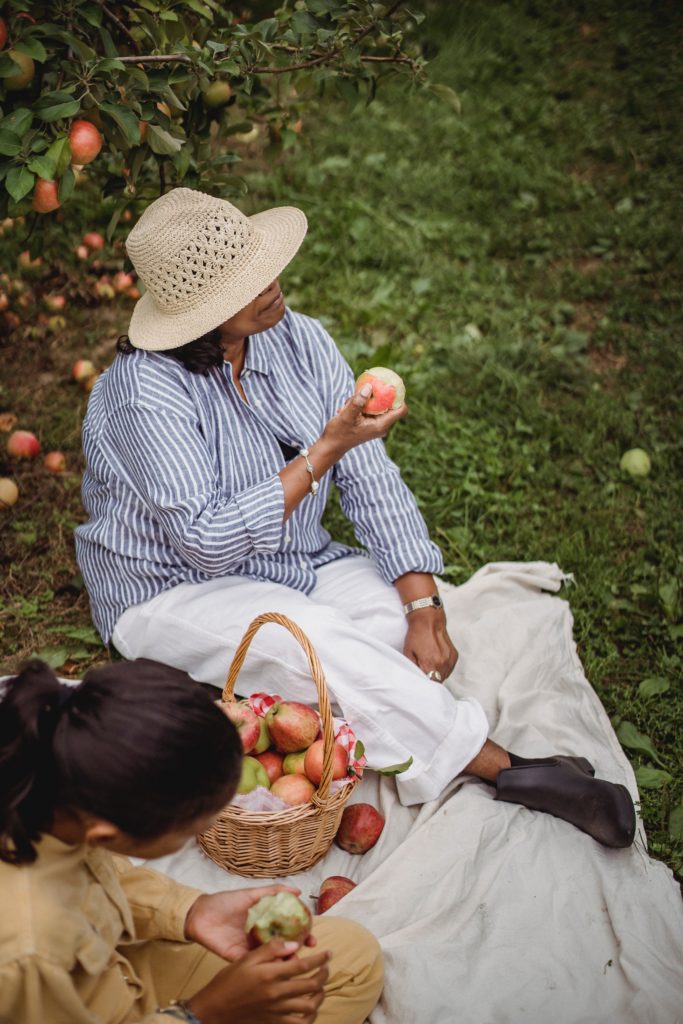Vegetable gardening at home might help you save money while getting in touch with nature. Growing a little vegetable garden is similar to living in a small house: it is not as simple as it appears. Making appropriate plant choices is one of the keys to success. Choose compact, prolific plants that take up less room while yet producing a large amount of fruit. Investigate these pointers and strategies to get your vegetable garden off to a good start.
Start Small
Start small if you’re a new gardener. It’s better to be delighted by what you produce in a little garden than to be frustrated by the time commitment required by a large one. It is essential to choose a decent site for your garden.
- A bright spot: The majority of veggies require 6 to 8 hours of direct sunshine every day. A few vegetables (mainly the green ones) can endure some shade.
- Avoid areas where high winds may knock over your young plants or prevent pollinators from completing their work. You also don’t want to plant in an area that gets a lot of foot traffic or floods readily.
- Drains effectively and does not remain wet: If your soil is poorly drained and water pools, grow vegetables on a raised bed or elevated row to enhance drainage.
Choose Vegetables Wisely
Begin as a novice by selecting simple veggies that are also fruitful. The idea is to plant little amounts of various crops that provide large returns. Choose easy-to-grow crops such as salad leaves, fresh herbs, leafy greens. Here are some veggies that you can grow in a mini vegetable garden.
- Lettuce
- Green beans
- Radishes
- Tomatoes
- Peppers
- Beets

Grow Vertically/ Container Gardening
Growing food in a space-constrained garden frequently necessitates ingenious methods. Even balcony gardeners may grow food by planting in pots, window boxes, hanging baskets, or buckets. Planting vining crops such as pole beans, cucumbers, and squash require something for their tendrils to grip onto, such as a trellis, fence, or netting. Pole beans on a trellis at the back of a large border may seem like a smart idea in the spring, but by July, they may be difficult to harvest.
Grow Veggies in Raised Beds
Raised beds allow you to control the soil mix and plant more densely, allowing you to fit more vegetables into the same amount of area. They drain well, warm up quickly in the spring, and are easy to maintain. Fill with an equal mix of good-quality garden soil and compost, as well as rot-resistant materials.
Construct an edible landscape.
Edible landscaping is a unique and appealing way to cultivate vegetables in a front lawn. Ornamental veggies and herbs can be included into the perennial garden or tucked into containers. They may also be appealing on their own, especially when combined with other colors and textures.
Gardens on the Windowsill
Growing edibles on a windowsill is a simple, low-space solution for plants that are gathered regularly, such as herbs and lettuce. However, windowsill gardening isn’t just for those with little room. Any gardener may prolong the growth season by potting up some herbs and growing them indoors, as long as they have enough sunlight and water. You may even grow veggies indoors if a section of your home receives adequate sunshine.













